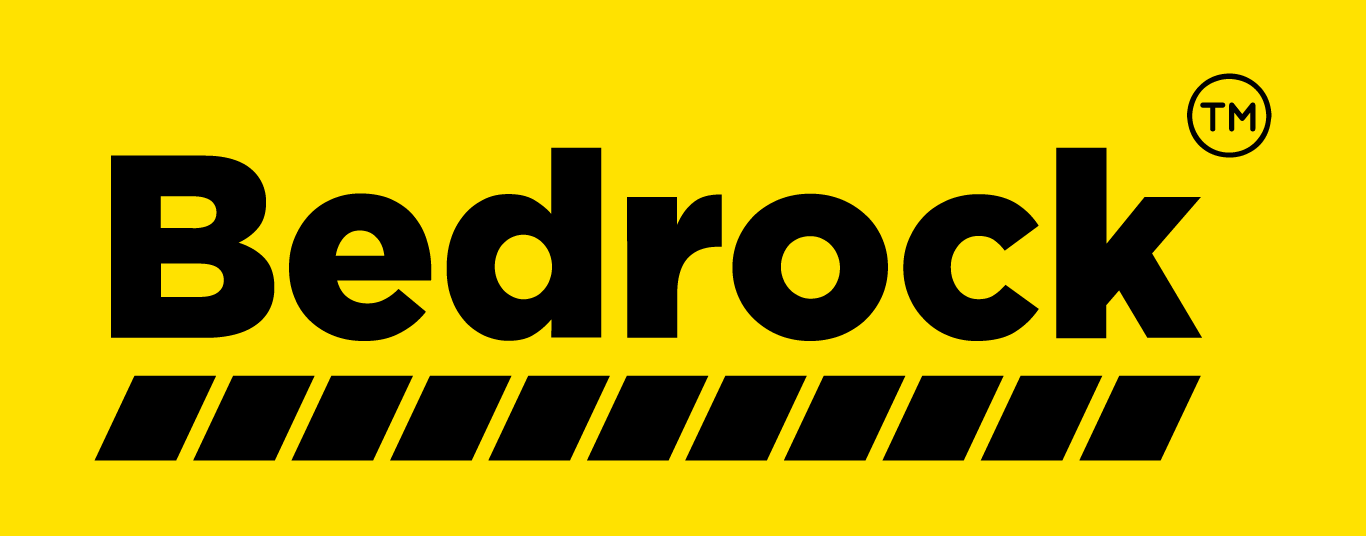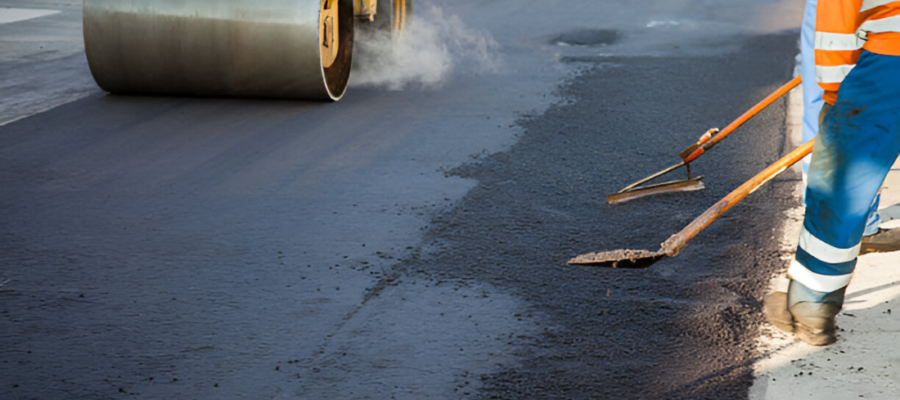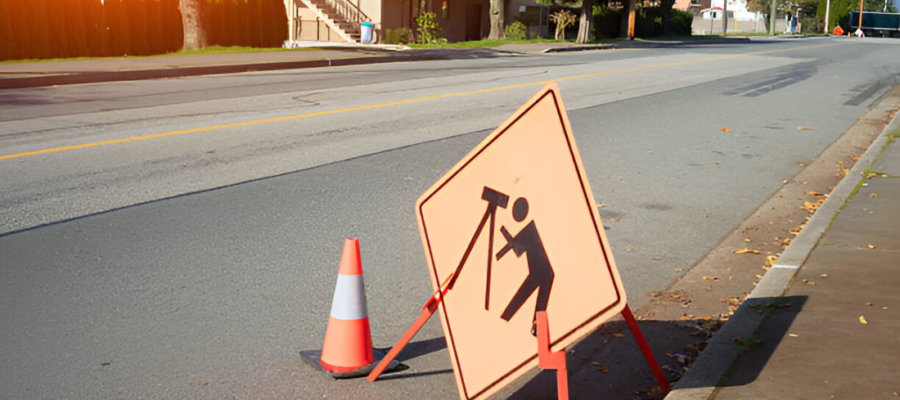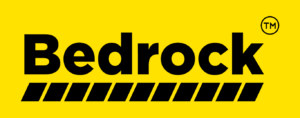
Tack coat application to an existing pavement surface is so simple and low-cost that its importance is frequently overlooked. Tack-coat material costs are typically considered an incidental expense and are often included in the cost of other contract items rather than being paid for separately. However, tack coat application is crucial to the performance of a hot mix asphalt (HMA) pavement structure.
The use of an asphalt tack coat, such as bitumen emulsion rs1, can improve the bond between the pavement layers, increasing the strength of the structure. Under the force of accelerating or decelerating traffic, tack coats can also reduce the tendency for the surface course layer to slide on the underlying layer. Finally, applying a tack coat to the surface course layers can help to prevent top-down cracking.
Tack Coat requirement
Before laying down a new layer of HMA, a tack coat is usually applied to the existing pavement surface. This procedure is followed whether the existing surface is an old asphalt concrete layer or a portland cement concrete (PCC) pavement. In some cases, such as between an HMA surface course and an HMA leveling course, a tack coat is applied to a new HMA pavement layer before the next layer is laid down.
Experts believe that a tack coat is important to protect the new HMA layer from sliding over the existing pavement layer. However, when and to what extent a bond is formed between layers is a hotly debated topic.
However, a variety of factors influence whether or not the tack coat performs as expected. One of these factors is the type of asphalt material used for the tack coat, such as asphalt bitumen emulsion rs1 or asphalt binder. The amount of asphalt binder left on the pavement surface after the tack coat material has “set” is more important than the application rate of the tack coat material, regardless of the type of material used.
Tack Coat application’s impact on the surfacing
On most existing pavement surfaces, the proper amount of residual tack coat material does not cover the entire surface. The tack coat is only applied to 90 to 95 percent of the existing surface in the vast majority of paving situations.
This means that after the tack coat has been applied, 5 to 10% of the existing surface will still be visible. A lack of tack coat may result in a significant reduction in the pavement structure’s strength and durability. However, too much tack coat can easily form a slip plane between the layers, causing the upper pavement layer to slide on the lower.
When cores are cut soon after HMA pavement layers are installed, it is frequently discovered that there is no bond between the layers. The rate of bond development is influenced by a number of factors, including climatic factors, traffic volume, layer thickness, and the degree of density achieved in the HMA mixture. The existing pavement and the new asphalt layer can take quite a few days to attach well. In some cases, however, it may take weeks or even months for the bond between two layers to form.
Tack coat is a low-cost coating that improves the bond between pavement layers, increasing pavement strength, reducing surface-course sliding, and reducing top-down cracking. So, Bedrock manufactures an ace quality product called rs1 emulsion. The primary advantage of this emulsion is that drying or setting does not take much time at all.




